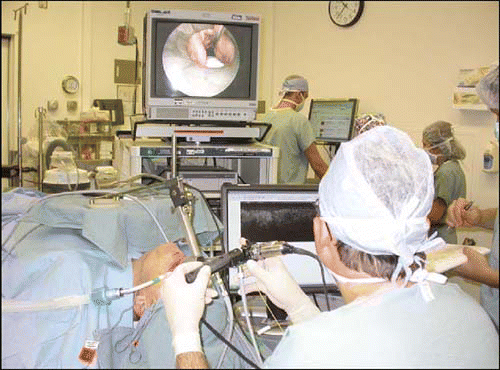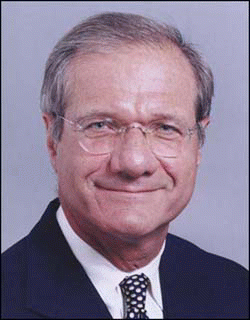For years, radical surgery was the only treatment for head and neck cancer (HNSCC).


For years, radical surgery was the only treatment for head and neck cancer (HNSCC).

Image-guided sinus (IGS) and skull base surgery is no longer considered experimental or investigational, and is appropriate for use by otolaryngologic surgeons to help clarify complex anatomy encountered during functional endoscopic sinus and skull base surgery (FESS).


After a hiatus associated with a checkered past, gene therapy is again showing promise in several fields of medicine, and otolaryngology is no exception.

The business side of medical practice can sometimes be a bigger challenge than ferreting out a difficult diagnosis.

Endoscopic sinus surgery is an approach commonly used by otolaryngologists–head and neck surgeons, but for what indications is it the best technique to use—and how has its use evolved over the years?



